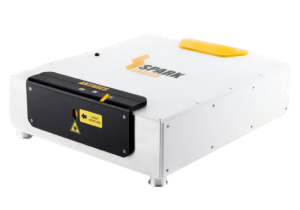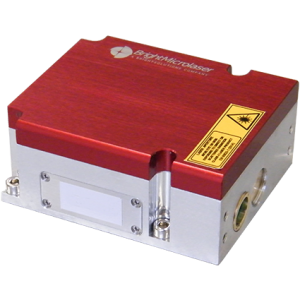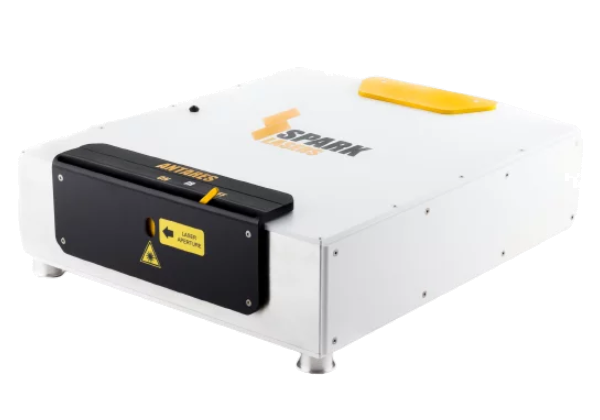500nJ Lasers
Unlike continuous wave lasers, the output of these 500nJ pulsed lasers cannot be specified by their output power alone. This is because the output power of a pulsed laser is determined by three different parameters, the laser’s pulse width, pulse energy, and pulse repetition rate.
On this page, we have a list of all of the 500nJ lasers offered by RPMC. If you don’t see a laser with the parameters needed, most of our lasers can be modified for your needs.
If you need help selecting the best laser for your application, or defining the laser requirements for a specific application, please contact our product manager for assistance.
| Picture | Part Number | Type | Wavelength (nm) | Output power (W) | Pulse energy (uJ) | Pulse width | Rep rate | Q-switch type |
|---|---|---|---|---|---|---|---|---|

|
Antares | Pulsed DPSS Lasers, Pulsed Fiber Lasers, Ultrafast Lasers | 1030, 1064 | 10.0, 20.0, 30.0 | 0.125, 0.250, 0.375, 0.500 | 10ps | 80MHz | Active |

|
SB1-266 | Pulsed DPSS Lasers, Microchip Lasers | 266 | 0.002, 0.005 | 0.500, 1.0, 2.0 | 1.3ns | 1kHz, 5kHz, 10kHz | Passive |

